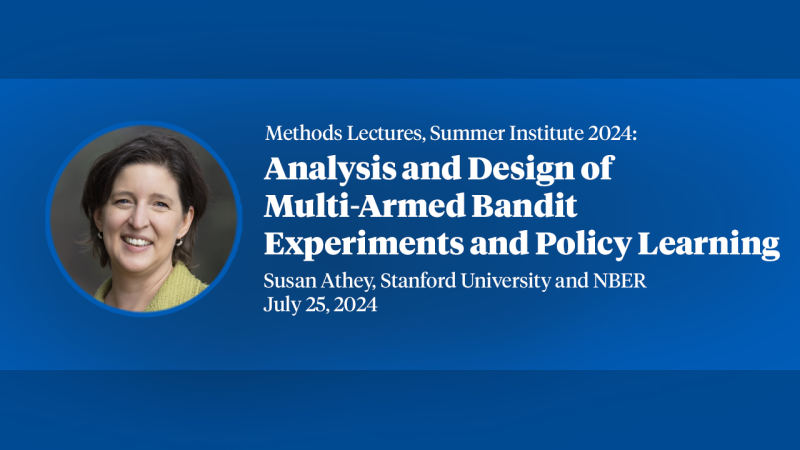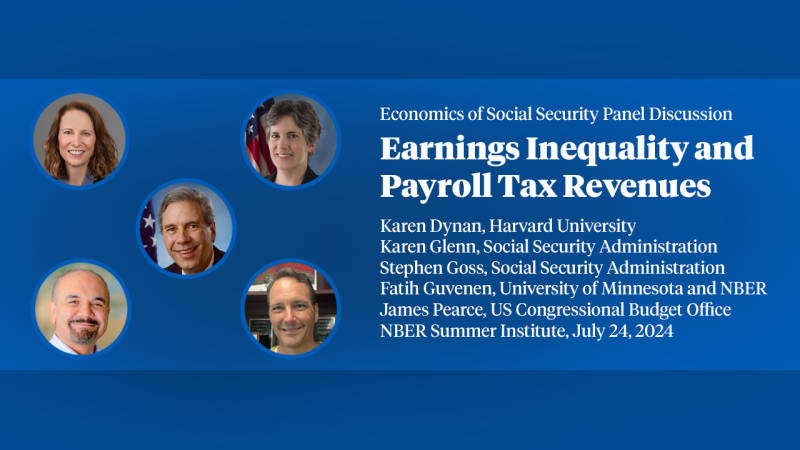The U.S. Bureau of Labor Statistics’ Measurement of Telework During and Shortly After the Pandemic—an On-the-Ground Perspective
When the COVID-19 pandemic began in early 2020, the amount of telework sharply increased, allowing people to work while limiting their exposure to others. At that time, there were no regular monthly economic indicators measuring the prevalence of telework. Thus, the U.S. Bureau of Labor Statistics (BLS) supplemented its monthly economic indicators to better measure the effect of the pandemic on the labor market, adding a short set of questions to the Current Population Survey (CPS) in May 2020. This set focused on the immediate labor market response to COVID-19, including one question about whether people were teleworking because of the pandemic. These questions became less relevant over time and were replaced in October 2022 by a new set of questions that focused entirely on telework—specifically, telework prior to the onset of the pandemic and current telework practices. The questions about telework prior to the pandemic were discontinued in November 2023, but the questions about current telework were permanently retained. This paper describes the development, evaluation, collection, analysis, and publication of the two sets of questions. We then compare the results of the telework metrics in the two sets, demonstrating how, although related, they measure fundamentally different concepts.


